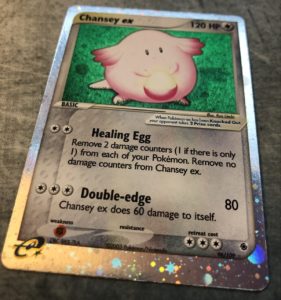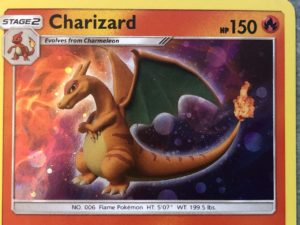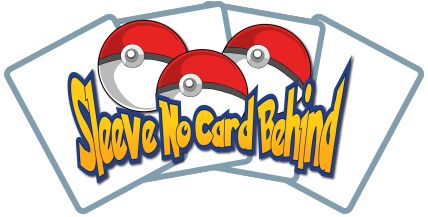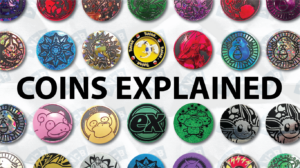-
By: Oliver Copeland
- Published:
- Last Updated: February 7, 2024
You’ve probably heard people talking about different holo patterns, using words like Cosmos, Galaxy, Confetti, etc. In this article, we will cover the Cosmos holo and everything about it from its origin to the current day.
What Is A Holo Pattern?
When people say ‘holo pattern,’ they’re referring to the design of the holofoil portion of the Pokémon card.
A card’s holo or ‘foil’ is a fragile layer of aluminum. This layer of reflective metal can be manufactured to reflect light in a series of patterns.
A regular booster pack of Pokémon cards is going to have a guaranteed reverse holo card in it. Then, the rare card of the pack will be holo or non-holo. Holo cards have and always will be sought after by collectors.
There are a lot of different holo patterns, and they aren’t chosen at random; they all mean something. For example, the confetti holo pattern is used for the McDonald’s Collection cards. They also brought back the confetti pattern for the 2021 Celebrations expansion set.
Cards like Amazing rares, radiant cards, or shining cards, all have their own holo pattern exclusive to their kind.
But one holo pattern reigns above all, as it is the oldest, and some may say it’s even the best- the Cosmos holo pattern.

What Is A Cosmos Holo Pattern?
The first card to ever be released in Japan in 1996 had the Comos holo pattern. Today, we still see the Cosmos pattern on store shelves. It’s reliable, some would say.
The pattern consists of pixelated orbs, sometimes with some swirls mixed in.
On the original expansion sets, we see the holo pattern just inside the illustration box, on the background behind the featured Pokémon. But since then, we’ve seen the Comsos holo utilized in many different ways.
For example, ex cards have the Cosmos pattern included in the silver border of the card. And some reverse holo cards use the Cosmos pattern, which is cool too.

To the untrained eye, all Cosmos may look the same. But there are actually multiple variants.
Two Types Of Cosmos
Sometime in late 2013, the Cosmos holo pattern changed from its original design to a smoother, more high-resolution design.
Old (Pixel)

If you look closely at the older cards from the WotC era, for example, you’ll notice that the orbs in the Cosmos pattern are pixelated. By this, we mean that they have squared-off edges.
It has a certain low-res video game look to it. The swirls are giant and pixelated too.
New (Smooth)

The new style of Cosmos is often described simply as a higher-res version. If you look closely, you can still see jagged edges on the orbs, but now they are much smaller and give off a smooth appearance.
There are more examples here.
The new Cosmos still have swirls, but they are much finer and wispy-looking.
Swirls On A Pokémon Card
As mentioned, the Cosmos holo pattern has swirls that occasionally make it into the frame on the card.
Not all cards are printed the same, so even though you have doubles of a card, the Cosmos holo patterns could be positioned differently. This results in some cards having swirls and some cards not having swirls.
Actually, some cards will have multiple swirls.
The hype around swirls is a big draw of Pokémon card collecting. It’s a gamble, and you don’t know what you’re going to get. Some collectors strive for PSA 10 cards, but some seek cards with swirls.
There’s also the swirl position that many appreciate. For example, a Pokémon’s pose can sometimes line up with a swirl, and the Pokémon will appear to be looking at it, grasping for it, and so on.
Final Thoughts
So that’s our brief explanation of the Comsos holo pattern. Hopefully, this has inspired you to grab your cards and check for swirls! If you’re interested in the little details of vintage Pokémon cards, check out our newest ebook Appraise Pokémon Cards. It’s full of secrets and hints about vintage cards!





